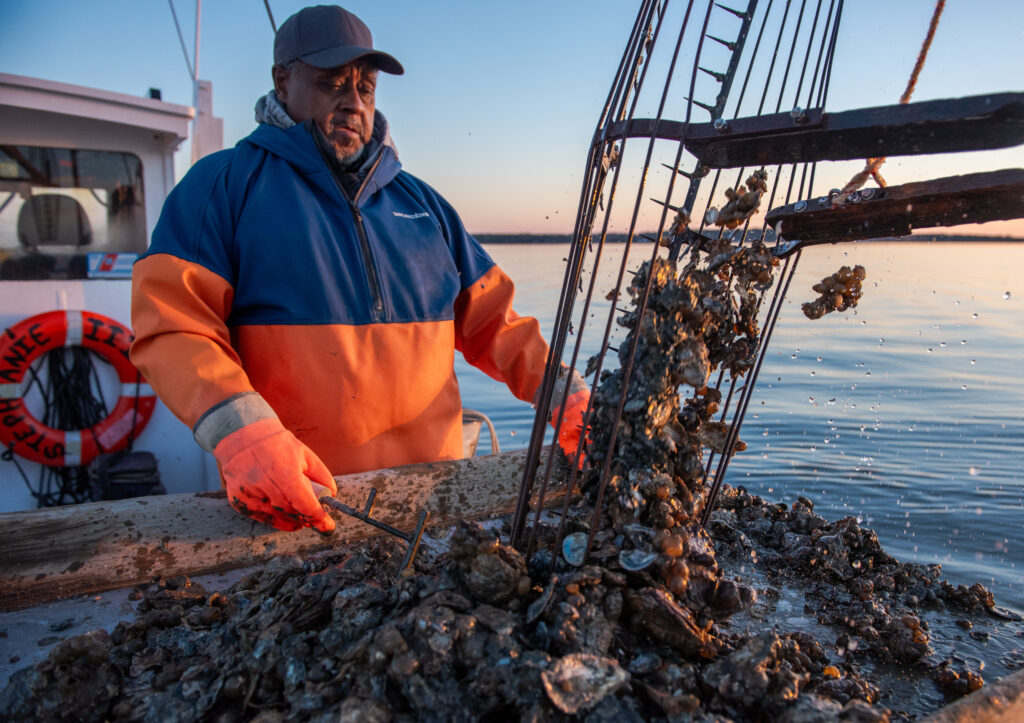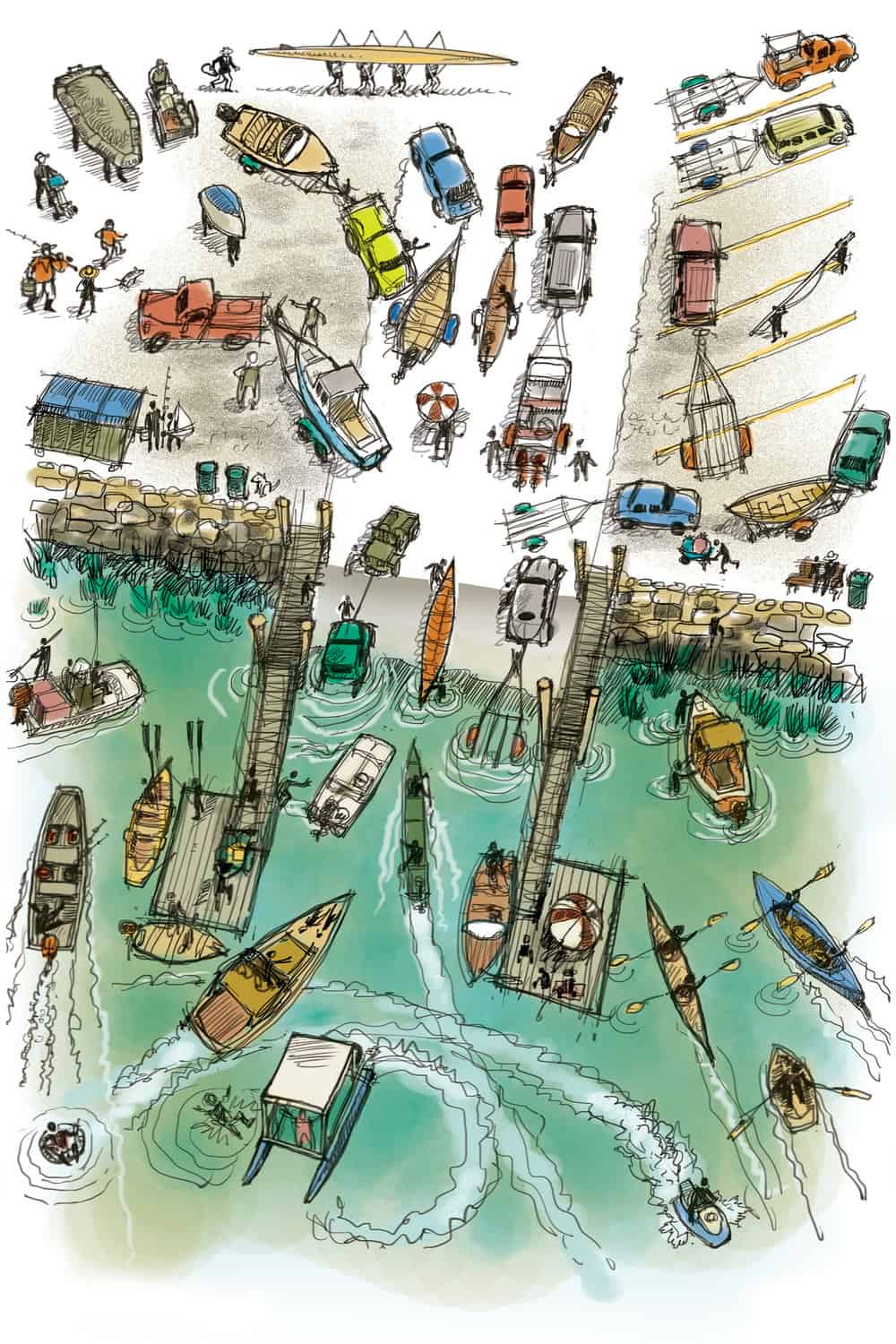Editor’s Note: Faces of the Bay is a new Chesapeake Bay Magazine series in which we meet folks who are living uniquely Chesapeake Bay lives. Here, high school senior and Bay photographer James Ronayne spends a morning with watermen who do the labor-intensive work of hand tonging for oysters.
Captain James “Buck” Lynch is a 73-year-old, fourth-generation Chesapeake Bay waterman. His brothers, father, grandfather, and great-grandfather were watermen, and he never considered a different path. He’s proud to be a part of a legacy of hard work, culture, and opportunities that most people don’t get to experience.
Lynch is one of the last Black watermen still dredging for oysters on the Chesapeake Bay. Lynch works the water on the Stephanie III, named after his daughter. It’s his third boat and, “she will be my last,” he says. “She was built in 1983 by O’Neill Jones, a boatbuilder from Toddville in Dorchester County, and was only owned by one other man who clammed with her for a few years before he sold her to me.”
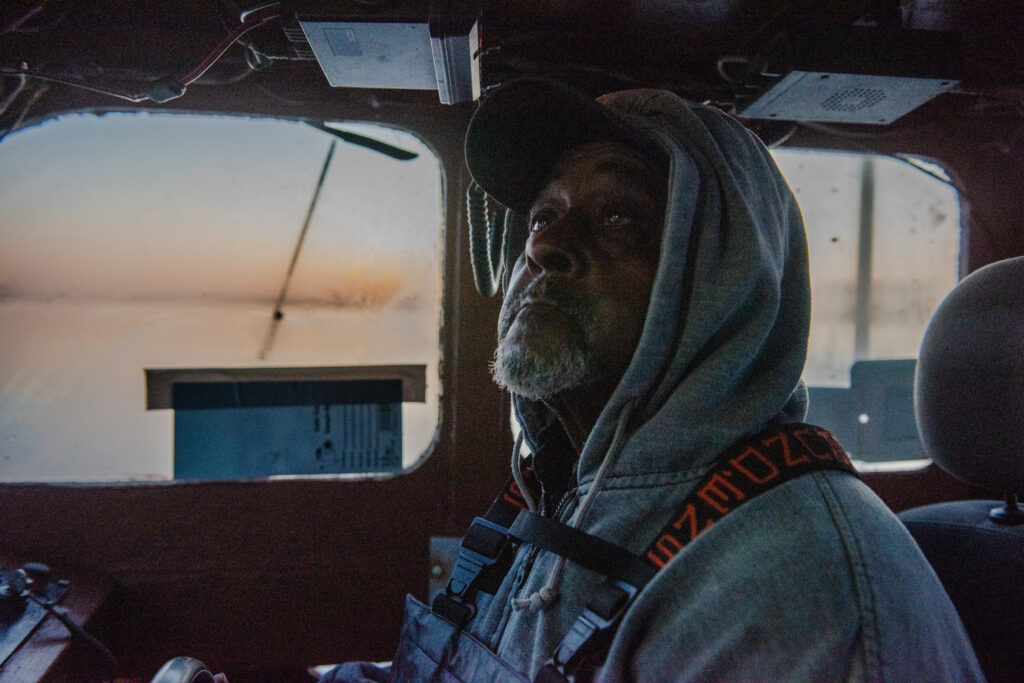
The career of a waterman is becoming more difficult for several reasons. The market for Chesapeake seafood grows smaller and the prices of bait, gas, and (especially) boats become more expensive. Lynch recalls the first boat he purchased: he was 36 years old, an experienced waterman, and remembers paying $1,500 for it. He earned $1,500 the first week he owned it. “That’s a luxury these young folks don’t have nowadays.”
This season, Lynch has brought Bobby Washington, a Chesapeake native, onboard with him. Bobby is what Buck calls a human dredge. “With every dip of his tongs he is bound to bring up a good lick, and with every good lick of oysters you have to say, ‘Hello!’ It keeps them coming,” Lynch says.
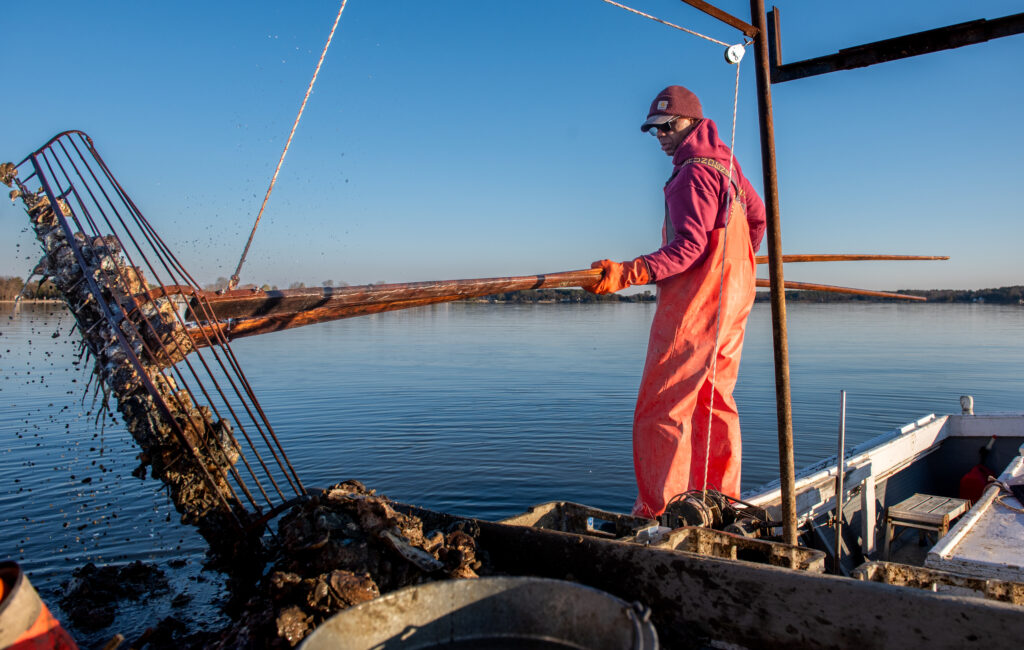
Each season, fewer and fewer watermen choose to make a living working the waters of the Chesapeake. Even fewer minorities choose this career path. Lynch understands this, and says, “Nobody wants to work the water anymore because there are easier and more profitable professions.” At a recent Chesapeake Maritime Museum panel, Lynch discussed the issue with other Black watermen, including Captain Montro Wright and Vince Leggett, who are working to highlight the heritage of Black Chesapeake watermen.
“I felt like I needed to start giving myself more of a voice in the community,” he said. “It’s a brotherhood out here. We are all watermen regardless of race or where we dock. If one of us needs help, we help.”
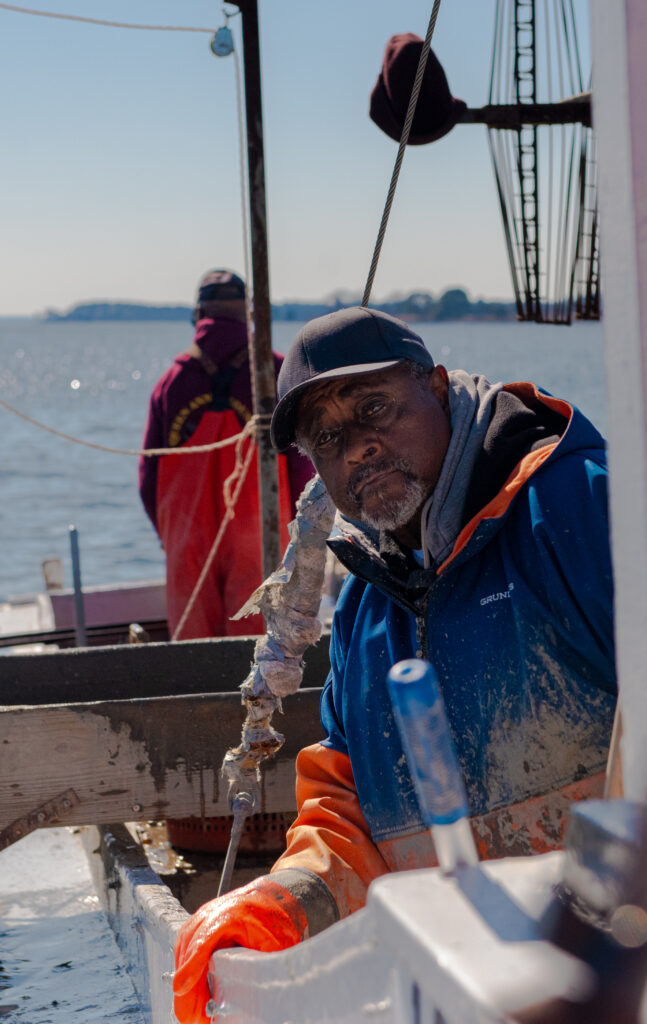
Lynch believes several things have played a role in the decline of watermen. “Regulations have been a big part of it because every regulation has the potential to have a big impact on people, both on land and sea,” he says. “I think there is a way to do things without hurting watermen.” He runs a fishing charter business in the summer and he says he is nervous to see what recently imposed regulations regarding fish count and size limits will bring. “It’s gonna hurt a lot of people and is going to cause people to really struggle.”
Beyond restrictions, he says the industry is a dying profession. “I can see a sustainable future for young watermen, but I don’t think too many people will go after it. Nobody wants to get up this early to make a living. It’s a shame,” Lynch says. But he also recognizes the economic hardships young watermen grapple with. “When I was starting out, I made more money in a week than I do now in 3 weeks. A lot of work goes into getting a paycheck and the prices for fresh seafood are not profitable.”
“I remember back when I was a young man, I had to fight for a spot on the river. Nowadays, I’m just about the only boat out here.”
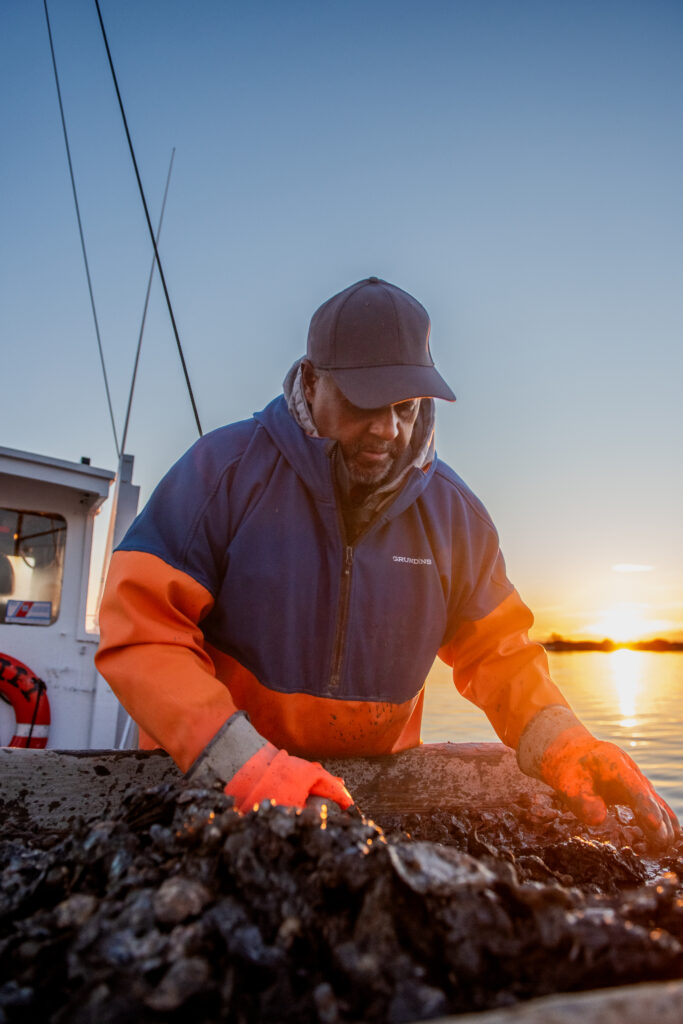
Lynch understands the lack of boats still willing to leave the dock. “The bottom ain’t what it used to be,” he says. “Each lick of oysters is full of shells with few legal oysters. It takes almost an hour to harvest a single bushel. With each season it becomes more and more difficult to pack the boat, and each season the price per bushel dips lower,” he says.
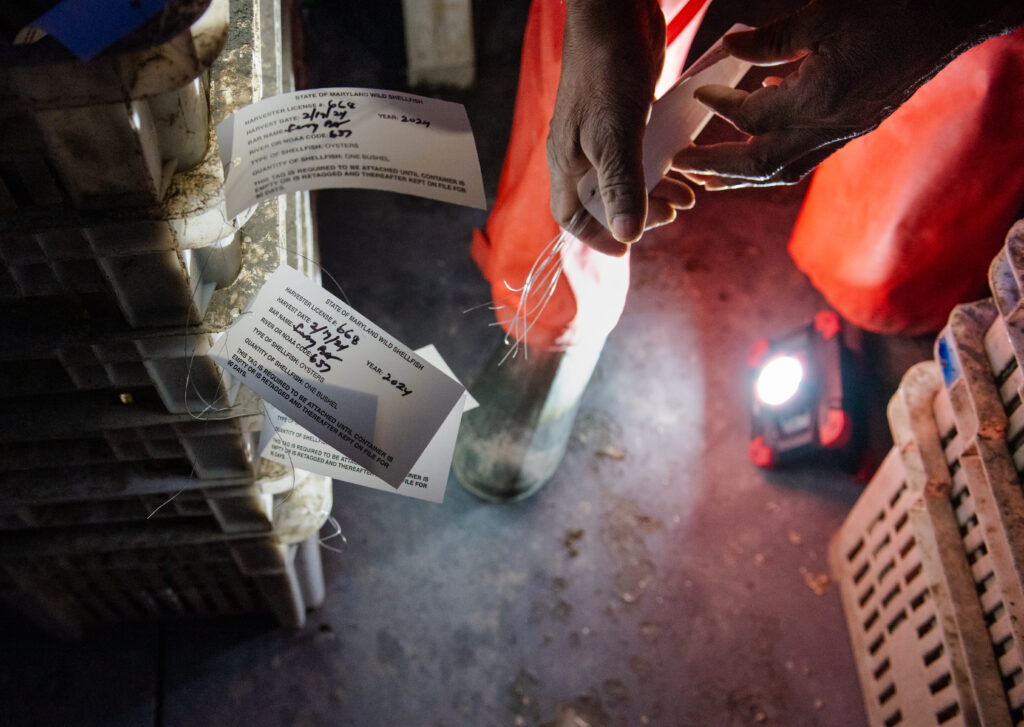
The waterman’s long day is not over until he transports the catch to a buyer where the oysters can be bought and distributed. However, there are few places where a waterman can sell a wild-caught oyster catch. Buyers such as Jason Ruth and J.R. Thomas at Harris Seafood are a vital part of the industry. Harris is widely known among watermen as a fair and reputable buyer, respecting the interests of the watermen. They recognize that fair trade is mutually beneficial. Watermen like Lynch say the market has been especially tough this season. Last season he could get more than $40 a bushel but today the same bushel earns $37. He says after paying for gas, crew, general maintenance, and a slip to keep the boat, “the expenses line up.”
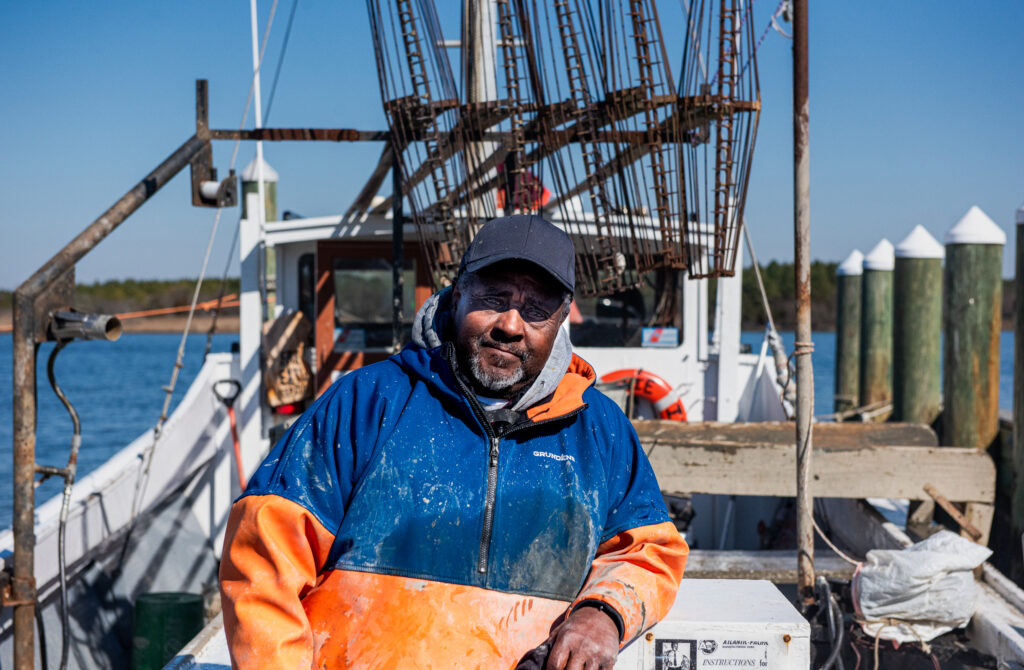
Despite the hard work and economic hardships, Lynch loves what he does. He says his summer charter fishing business is his favorite job because it’s the easiest and it allows him to introduce a wide variety of people to the beauty and bounty of the Chesapeake Bay. He says, “Working the water is what I do. It’s what I love and I will keep doing it until I die.”

